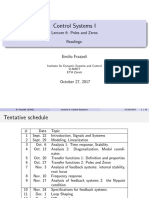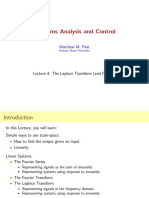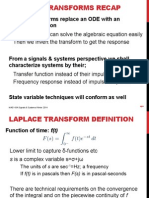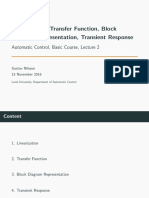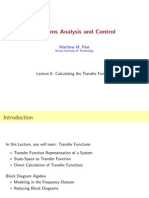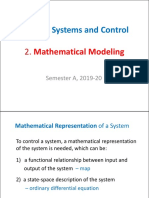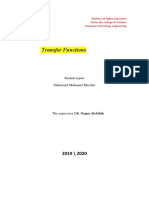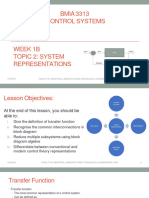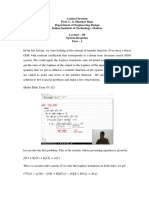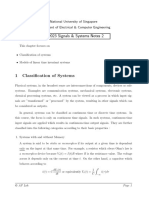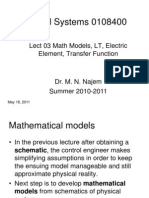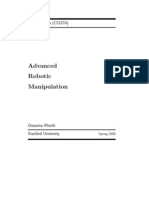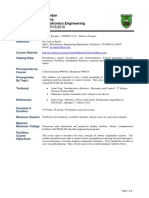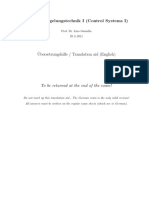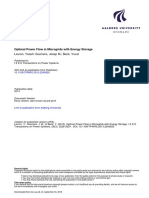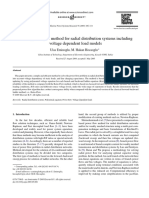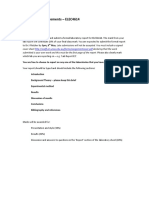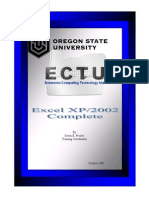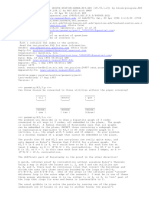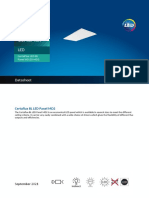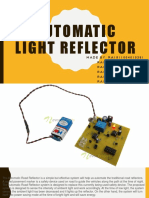0% found this document useful (0 votes)
69 views24 pagesTransfer Functions in Control Systems
The document summarizes a lecture on transfer functions. It discusses using exponential inputs to characterize the response of linear time-invariant systems. The output response to an input of e^st is derived. The transfer function G(s) is defined as the ratio of the steady state output to the input. For sinusoidal inputs, the transfer function describes the magnitude and phase shift between the input and output. More complex inputs can be analyzed by expressing them as sums of exponential inputs using linearity.
Uploaded by
Armando MaloneCopyright
© © All Rights Reserved
We take content rights seriously. If you suspect this is your content, claim it here.
Available Formats
Download as PDF, TXT or read online on Scribd
0% found this document useful (0 votes)
69 views24 pagesTransfer Functions in Control Systems
The document summarizes a lecture on transfer functions. It discusses using exponential inputs to characterize the response of linear time-invariant systems. The output response to an input of e^st is derived. The transfer function G(s) is defined as the ratio of the steady state output to the input. For sinusoidal inputs, the transfer function describes the magnitude and phase shift between the input and output. More complex inputs can be analyzed by expressing them as sums of exponential inputs using linearity.
Uploaded by
Armando MaloneCopyright
© © All Rights Reserved
We take content rights seriously. If you suspect this is your content, claim it here.
Available Formats
Download as PDF, TXT or read online on Scribd
/ 24
